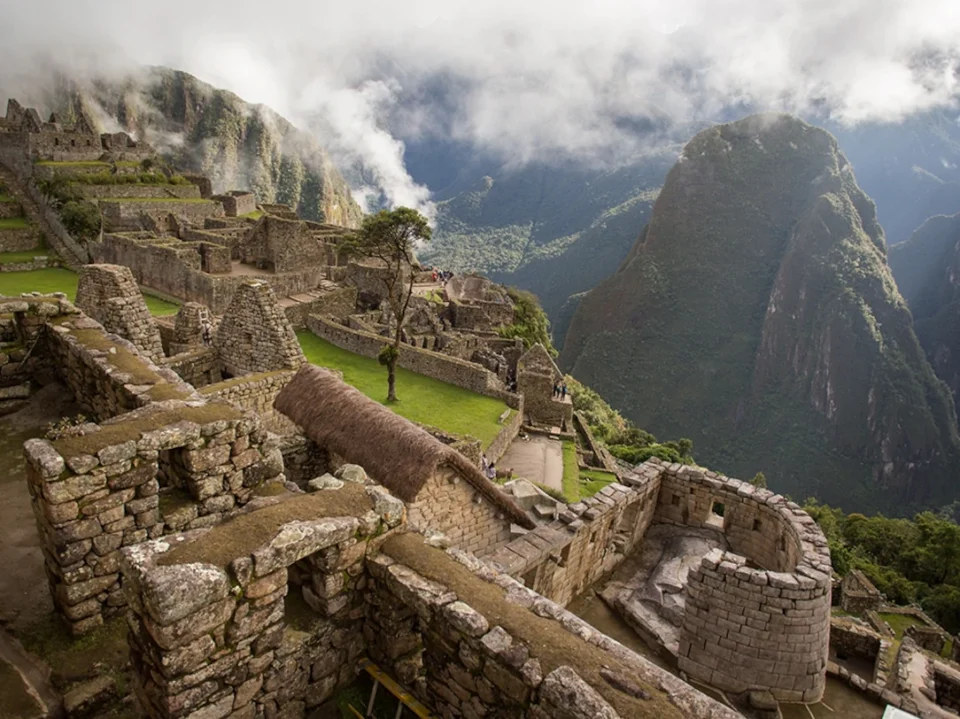Nestled high in the Andes Mountains of Peru, Machu Picchu stands as a testament to the ingenuity and architectural prowess of the ancient Inca civilization. This awe-inspiring archaeological site, perched on a ridge nearly 8,000 feet above sea level, continues to captivate the world with its mystical allure and enigmatic history. In this blog post, we embark on a journey to explore the mysteries surrounding Machu Picchu and uncover the secrets that make it a must-visit destination.
Historical Background
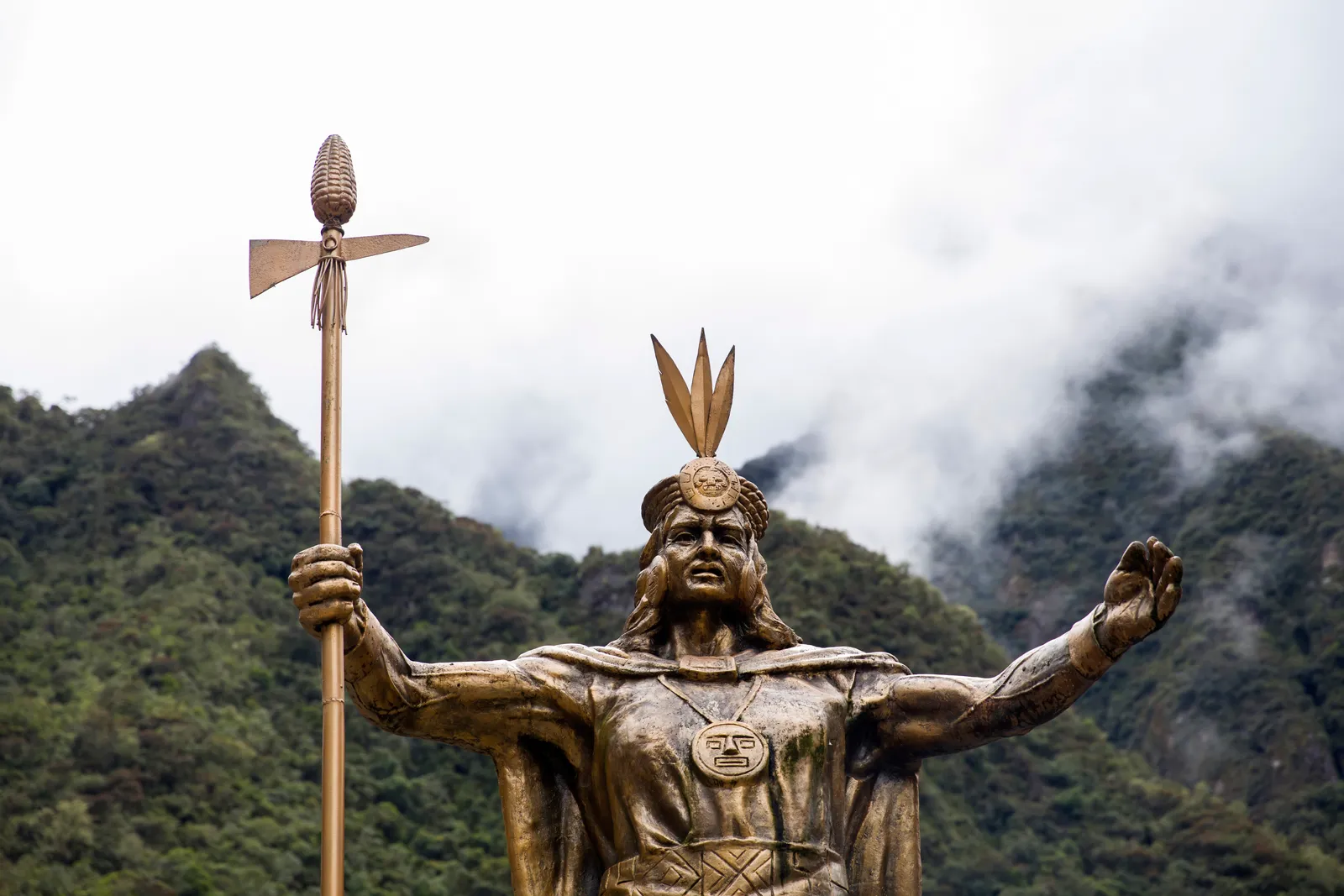
Machu Picchu was built by the Inca emperor Pachacuti in the 15th century, at the height of the Inca Empire. The site served as a royal estate and religious retreat, featuring intricately crafted stone structures, agricultural terraces, and ceremonial plazas. Despite its grandeur, Machu Picchu remained hidden from the outside world for centuries, tucked away in the dense Andean cloud forest.
Rediscovery and UNESCO World Heritage Site
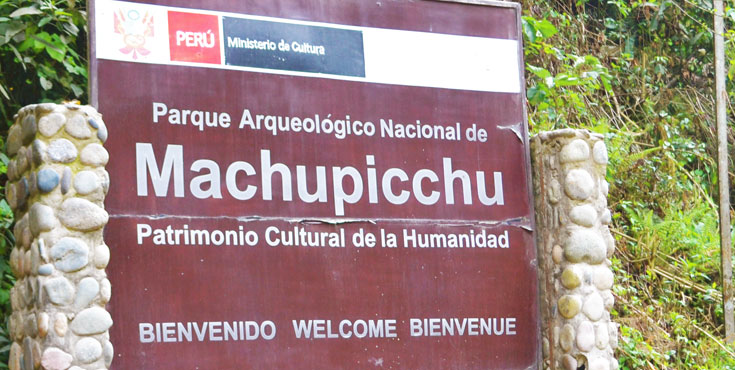
It wasn’t until 1911 that American historian and explorer Hiram Bingham stumbled upon Machu Picchu during an expedition. The site, though abandoned by the Inca civilization, was remarkably well-preserved, offering a glimpse into the sophisticated engineering and urban planning of the Inca people. Recognizing its historical significance, UNESCO declared Machu Picchu a World Heritage Site in 1983.
Architectural Marvels
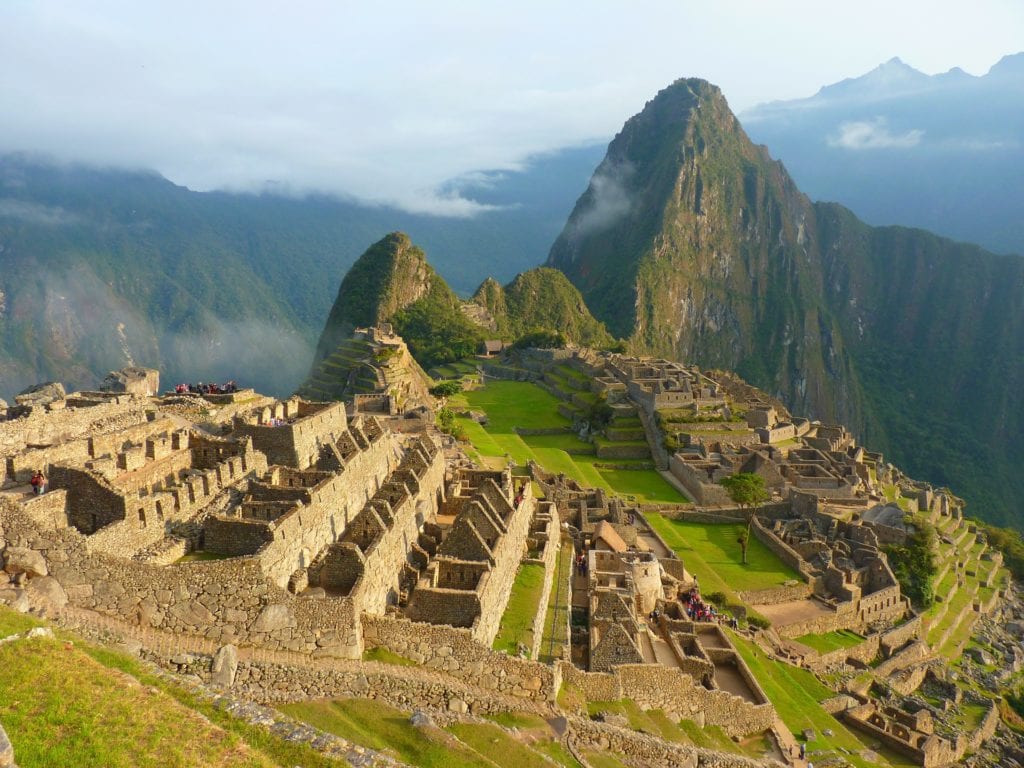
One cannot help but marvel at the architectural achievements of Machu Picchu. The site is composed of carefully cut and precisely fitted stone blocks, a hallmark of Inca construction. The precision with which these stones were shaped and arranged is a testament to the advanced engineering knowledge possessed by the Inca civilization. The iconic Intihuatana stone, often referred to as the “Hitching Post of the Sun,” stands as a prime example of Inca astronomical and spiritual understanding.
Intriguing Mysteries
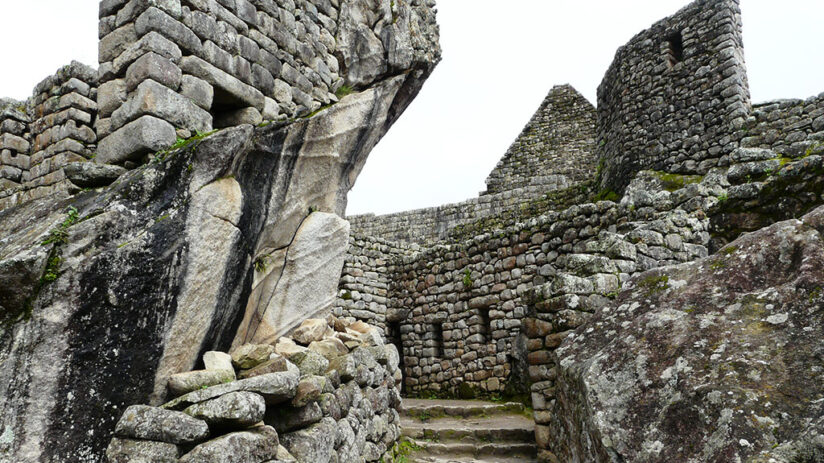
Despite the wealth of information gathered over the years, Machu Picchu continues to be shrouded in mystery. One of the enduring enigmas is the purpose behind its construction and the reasons for its eventual abandonment. Some theories suggest that Machu Picchu was a ceremonial center, while others propose it served as a royal estate. The exact function of the site remains a subject of scholarly debate, adding an air of mystique to the ancient ruins.
The Intihuatana Stone
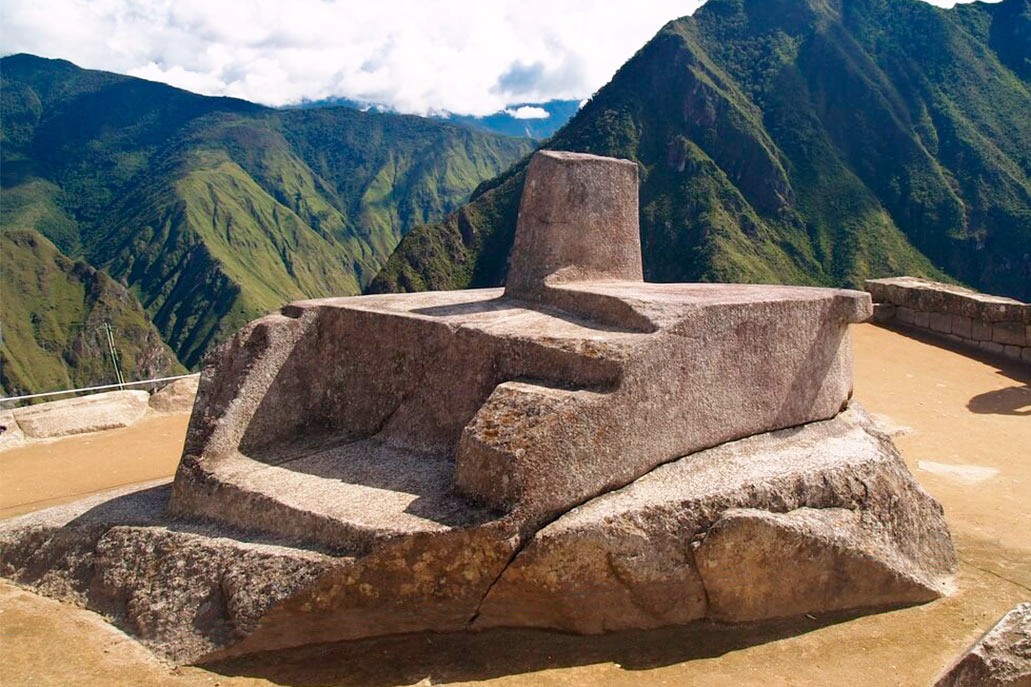
The Intihuatana stone, a prominent feature of Machu Picchu, has fascinated archaeologists and astronomers alike. Believed to be an astronomical observatory, this carved granite pillar aligns with the sun during the solstices, indicating a deep understanding of celestial cycles by the Inca people. The precise positioning of the Intihuatana stone reinforces the notion that Machu Picchu was not only a physical marvel but also a spiritual and cosmological center.
Inca Wisdom on Display
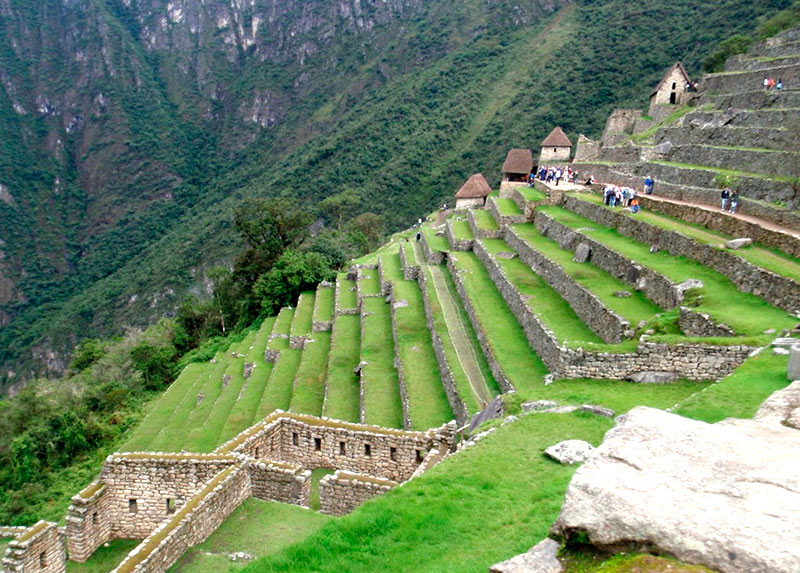
Machu Picchu’s terraced agricultural fields showcase the Inca’s mastery of farming techniques in a challenging mountainous environment. The agricultural sector at the site is organized in a way that maximizes sunlight exposure and minimizes erosion, demonstrating a profound understanding of both agricultural science and the importance of harmony with the natural surroundings. This integration of practical knowledge and spiritual beliefs is a testament to the holistic approach of the Inca civilization.
Visitor Experience
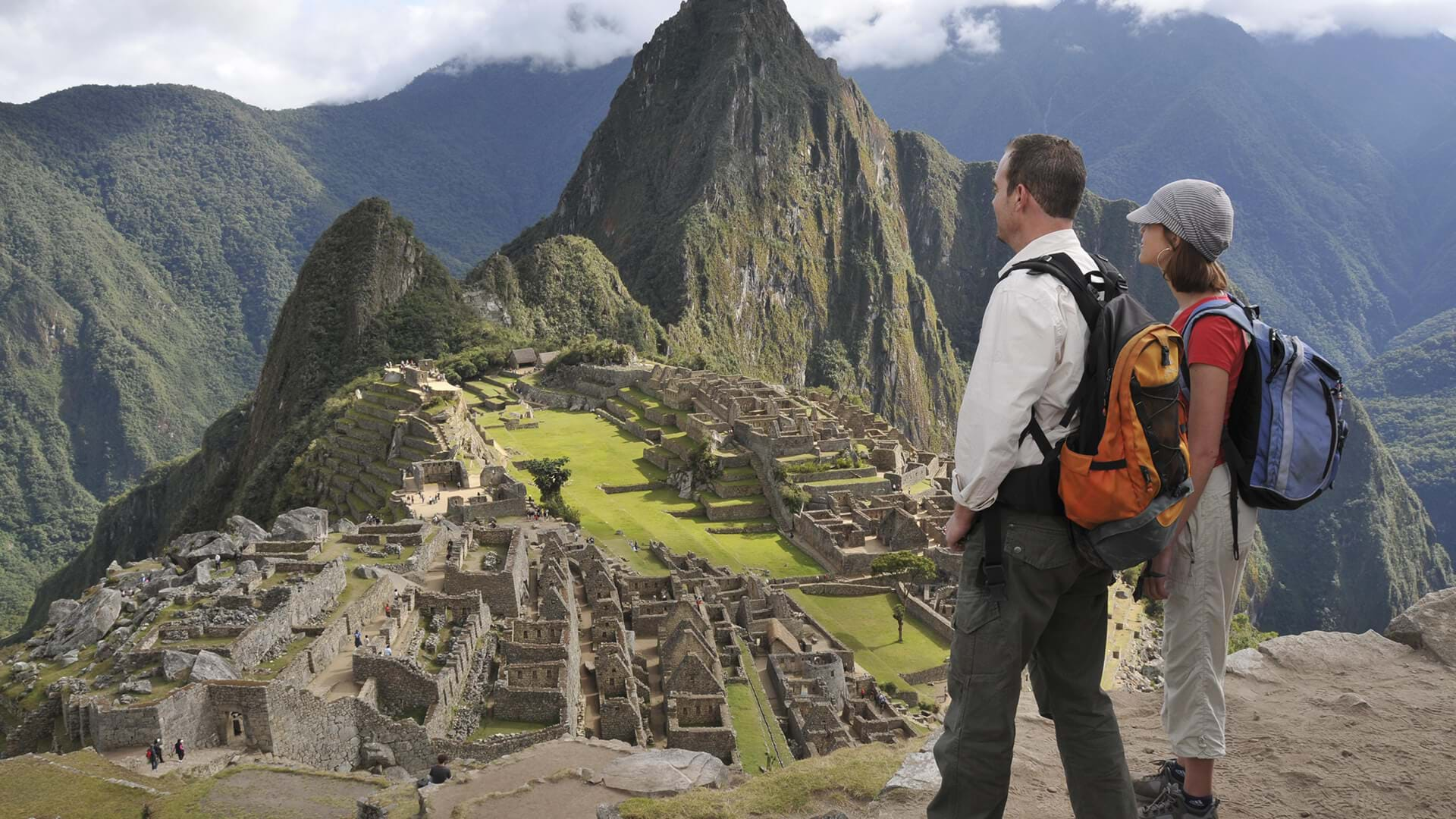
Today, Machu Picchu attracts millions of visitors from around the globe who come to witness the breathtaking beauty and unravel the mysteries of this ancient citadel. The journey to Machu Picchu typically involves a trek along the Inca Trail or a scenic train ride, adding an adventurous element to the overall experience. The sense of awe and wonder as you stand atop the terraces, gazing at the majestic mountain landscapes, is truly unparalleled.
Preservation
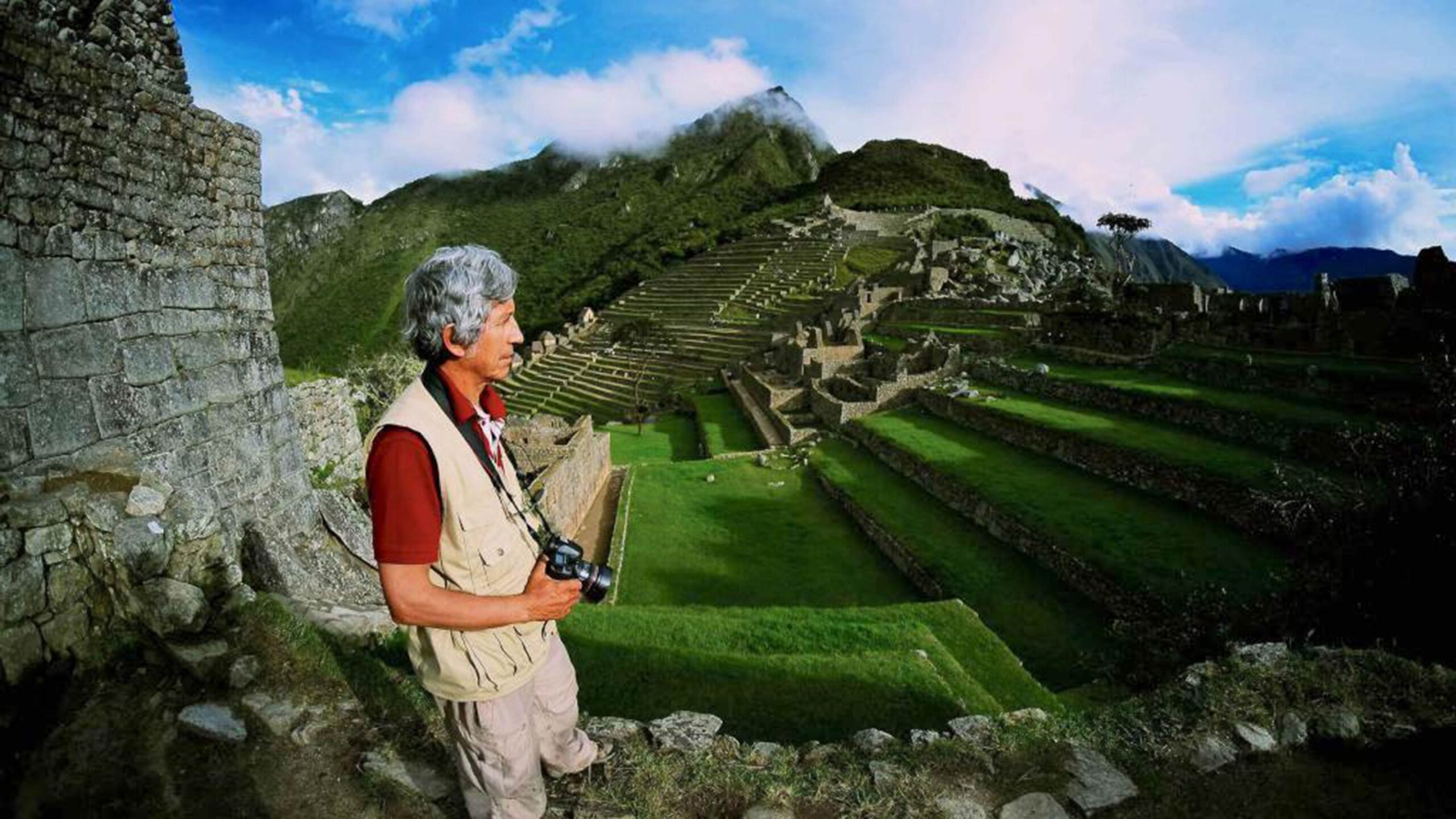
While Machu Picchu’s popularity as a tourist destination is undeniable, it has also raised concerns about conservation and preservation. The site faces challenges such as erosion, weathering, and the impact of foot traffic. Efforts are underway to balance the influx of visitors with sustainable tourism practices, ensuring that future generations can continue to appreciate the wonders of Machu Picchu.
Conclusion
Machu Picchu, with its breathtaking vistas and enigmatic history, stands as a testament to the incredible achievements of the Inca civilization. The mysteries that surround this ancient citadel only add to its allure, inviting visitors to explore the secrets hidden within its stone walls. Whether you are an avid history buff, an adventure seeker, or simply someone captivated by the wonders of the world, Machu Picchu promises an unforgettable journey into the heart of Inca mysteries in the Andes.

